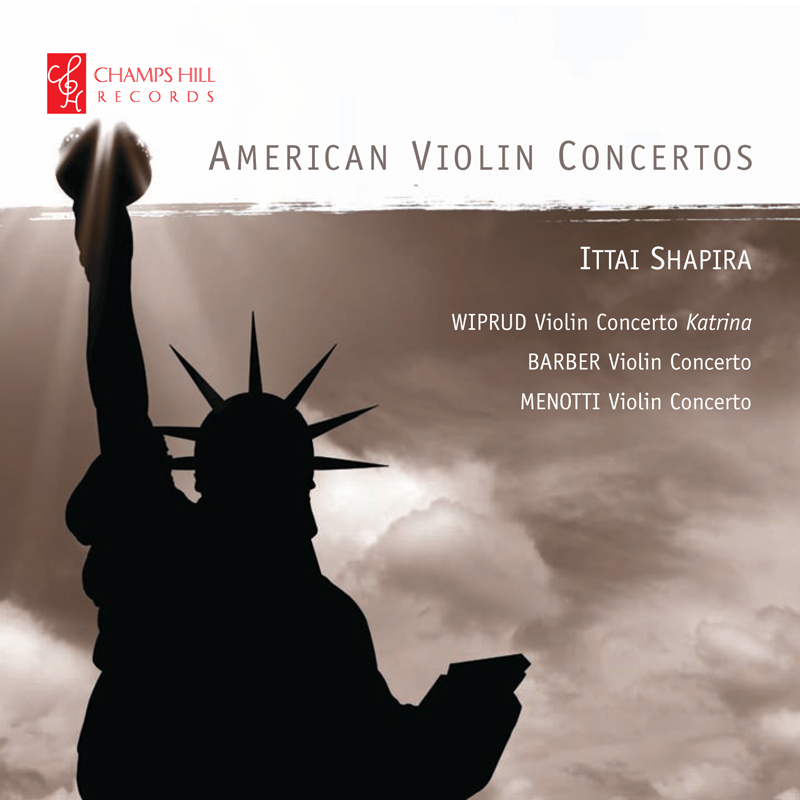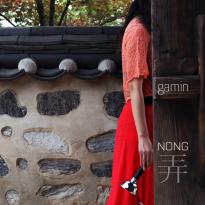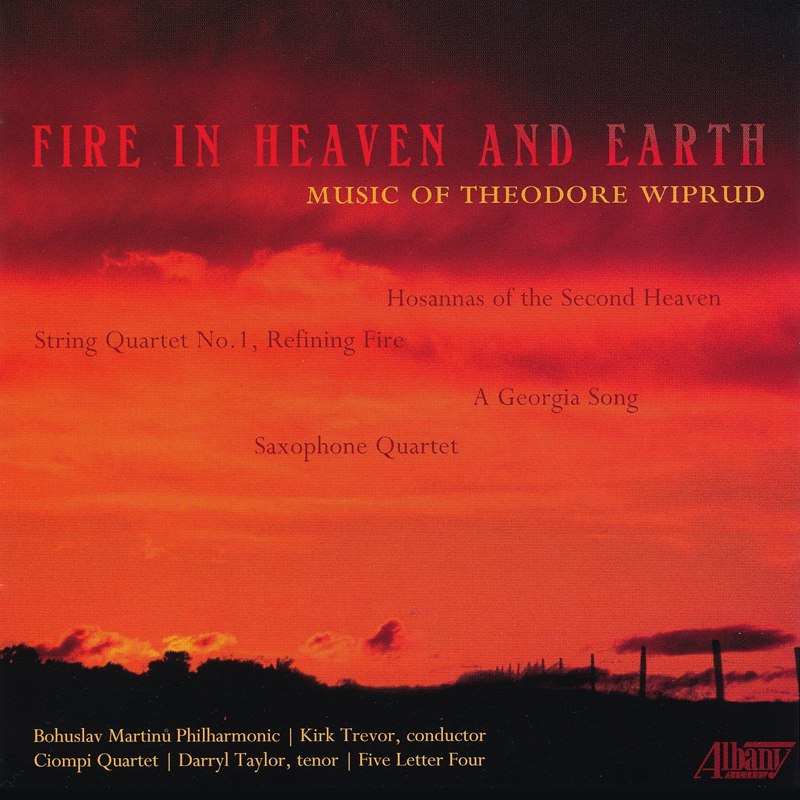Since I left the New York Philharmonic in February, I’ve done projects with several other orchestras that have got me thinking about the place of orchestral concerts for school audiences. The model has been around for so long that it’s tempting to question whether they are still relevant, useful, and affordable. Schools have increasing trouble with buses, let alone field trips in the era of high-stakes testing. I created and performed dozens of them at the Philharmonic, but have we simply been on auto-pilot? Surely we have evolved more impactful and practical ways of engaging kids in music in the 40-odd years of professional education staffs at orchestras.
Well, yes, of course we have. Teaching artist residencies, interactive chamber concerts, arts integration projects, student composing programs, clinics, youth orchestras–all of these and more, when well designed and carried out with active buy-in from teachers and administrators, can transform schools and change kids’ lives through a lifelong relationship with symphonic music–in fact, with any music.
But at the same time, no, these are not necessarily more impactful, unless we’re comparing them unfairly with “drive-by” school concerts of yore. (Note, many orchestras call these Young People’s Concerts; I don’t because YPCs originally meant family concerts at the New York Philharmonic, which actually holds a trademark on the name.) Over recent decades, we’ve learned many ways to make concerts part of longer-term experiences, contextualized with engaging classroom curriculum. We’ve customized concerts with student-generated content–artwork, performance, even original compositions. We’ve learned how to maker authentic connections with other disciplines–literature, history, cultural studies, current events, math, science–so that the music becomes part and parcel of large units of study. It can become part of the culture of the whole school.
All these innovations are great and welcome, but there’s a more fundamental reason I continue to believe school concerts are worth investing in with our best creativity. It’s because they present kids with orchestras’ authentic selves, the sound of the full symphony orchestra, playing real repertory. It shows kids enough respect to share the real deal, not something watered down. Of course we need to be smart about how we present live music for 60 or 80 acoustic instruments, often music from long ago and far away–with hosting that inspires and never panders; visual elements that enhance musical experience and never distract or patronize; inventive programming that challenges but doesn’t exceed attention spans.
Chamber ensembles are more nimble, it’s true. They can travel to schools, and can be interactive in ways we can’t match in front of an audience of thousands. Well designed and performed, they can be extremely valuable, but they only hint at the splendor of the full orchestra–which is the one thing symphony orchestras are uniquely able to provide.
Family concerts, while outwardly similar, are a distinct thing unto themselves. Family concerts enable music-loving parents and grandparents to introduce the next generation to concert going. They truly create future audiences. But it’s through the schools–whole grades, whole buildings–that we expand our present audiences, providing access to those who truly would never have heard an orchestra otherwise. At school concerts, music can soar right over socioeconomic barriers.
While hosting Young People’s Concerts for Schools at the New York Philharmonic, during the intervals of music when I could look out at the rapt audience, an audience reflecting the whole diversity of New York City, I would often wonder at the opportunity to marshal such resources all for the impact on an individual child. From curriculum planning to meticulous rehearsal, it’s all to make a permanent mark on the psyche and the heart of this particular child. And that child. And thousands of others. I just don’t think there’s a vehicle yet existing that can achieve such outcomes.
How can we deepen the impact even further? What will it look like when we bring Young Peoples Concerts for Schools into the mid-21st century? How do we connect with who kids are today (which is always changing) and what orchestras and orchestral music are today (which is changing too, believe it or not)? Let’s create programs and curriculum that answer the needs of educators with the greatest music we can muster. Let’s use technology smartly. Let’s build out other programs, impactful in different ways, around the live orchestral experience. Because all kids deserve to hear this music.





